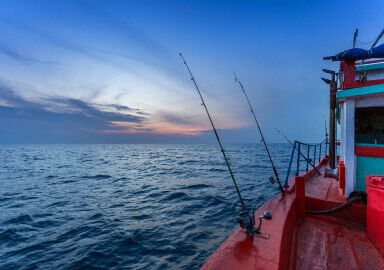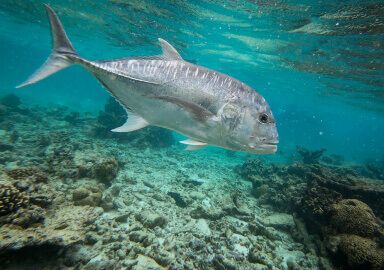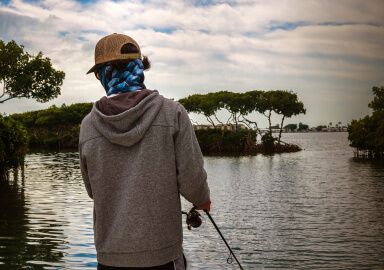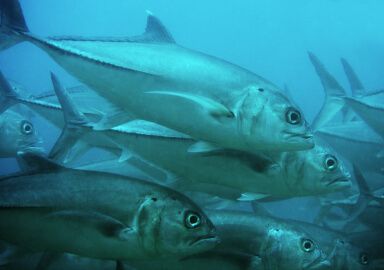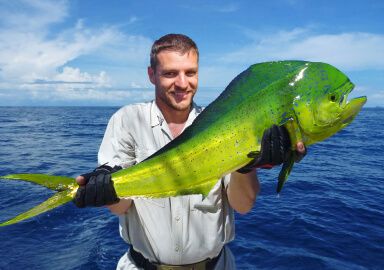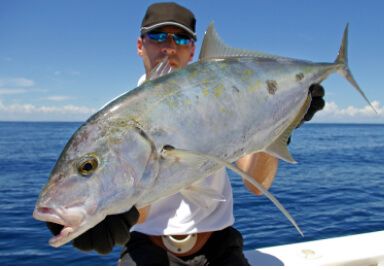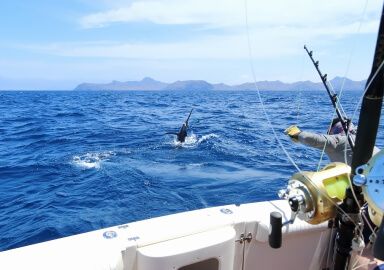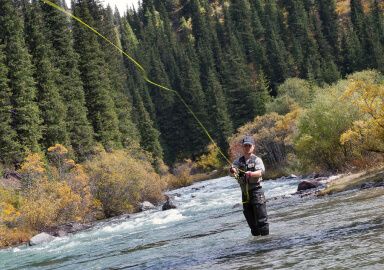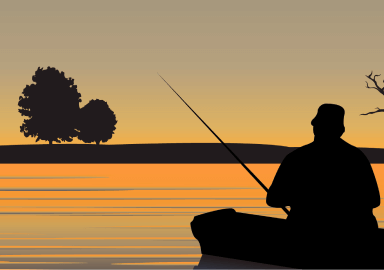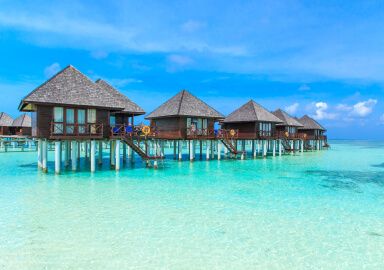Fishing in Baa Atoll
Surrounded by turquoise lagoons and deep blue drop-offs, Baa Atoll in the Maldives is a paradise not only for divers but for anglers too.
View 2 listings
2
listings
–
price starting from
19
fish species
About Baa Atoll
Located in the central-western chain of the Maldives, Baa Atoll is a UNESCO Biosphere Reserve known for its stunning biodiversity, thriving coral reefs, and luxurious island resorts. While many come to snorkel with manta rays at Hanifaru Bay or relax in overwater villas, Baa Atoll also offers exceptional saltwater fishing, combining world-class marine life with the serenity of a tropical island escape.
Unlike busier atolls closer to the capital Malé, Baa feels more exclusive and untouched, with less boat traffic and fishing pressure. Its geography includes a mix of protected lagoons, reef edges, thilas (submerged pinnacles), and steep drop-offs where the reefs meet the Indian Ocean abyss. The result is a perfect playground for anglers looking to target everything from reef dwellers to big-game pelagics.
Fishing is available year-round, with peak bluewater action typically from October to April, when seas are calmest and migratory predators are most active. The area’s natural beauty and quiet waters make Baa Atoll a uniquely relaxing place to fish—whether you're casting light tackle inshore or trolling for giants just beyond the reef.
Fishing Types
Baa Atoll offers a range of saltwater fishing experiences, including offshore trolling, reef and bottom fishing, light tackle casting, and even fly fishing in certain calm lagoons. Most fishing trips are arranged directly through resorts such as those on Dharavandhoo, Mudhdhoo, or Kunfunadhoo, with boats departing from private docks. Just a short ride from shore, you can access deepwater channels, drop-offs, and reef edges, making it easy to switch from trolling to jigging or popping within a single outing.
Targeted Fish Species
Baa Atoll’s waters are rich in gamefish. Yellowfin tuna is the prime target for local subsistence fishermen, and it’s tuna fishing, not tourism, that makes the backbone of the local economy. Offshore anglers may also encounter skipjack tuna, wahoo, mahi-mahi (dorado), and sailfish, especially in deeper waters beyond the outer reef. While marlin are less frequent than in southern atolls, they are still possible during seasonal peaks.
Inshore and reef areas produce consistent action for giant trevally (GT), bluefin trevally, groupers, snappers, jobfish, and barracuda. On calm days, fly and light tackle anglers can target triggerfish, emperor fish, and small reef predators in shallow lagoon flats or over sandy bottoms. Nighttime reef fishing often yields red snapper, moray eels, and jacks, providing plenty of action after the sun goes down.
Fishing Techniques
Trolling with skirted lures or rigged baitfish is the go-to technique for offshore species like tuna and sailfish, with lines typically set just outside the reef drop-offs. Popper casting and stickbait fishing are highly effective around reef edges and for targeting GTs, especially during tidal changes. Vertical jigging and bottom fishing with cut bait or jigs are ideal for snapper, grouper, and jobfish near submerged thilas and reef ledges. Light spinning gear is often used near coral shelves and inside lagoons, and some guides accommodate fly anglers with the right conditions and equipment. As the Baa Atoll is a biosphere reserve, recreational fishing must follow eco-conscious practices, and catch-and-release is the default way, especially when targeting iconic species like giant trevally or billfish.
